
In the grand tapestry of human endeavor, few pursuits are as exhilarating and transformative as the quest for knowledge itself. Across millennia, remarkable minds have dared to peer beyond the veil of the unknown, challenging existing paradigms and unveiling truths that have profoundly reshaped our world. These intrepid explorers of intellect have not merely observed; they have questioned, hypothesized, experimented, and ultimately, redefined what we believe to be possible.
From the ancient philosophers who first contemplated the cosmos to the modern pioneers unraveling the secrets of the subatomic realm, each scientific breakthrough represents a monumental leap in our collective understanding. It is a journey marked by relentless curiosity and unwavering dedication, where the smallest observation can blossom into a theory that explains the vastness of the universe, and a single ingenious experiment can unlock fundamental laws governing our existence.
Join us as we embark on an extraordinary expedition into the annals of scientific achievement, shining a light on fourteen visionary individuals whose discoveries were, in their time, truly unlike anything ever seen. In this first part of our exploration, we celebrate seven of these intellectual giants, whose legacies continue to resonate, guiding our present inquiries and inspiring future generations to push the boundaries of knowledge even further.

1. **Luis Alvarez: Unraveling Earth’s Cataclysms and Subatomic Mysteries**Luis Alvarez, a name synonymous with diverse scientific brilliance, left an indelible mark across multiple fields of inquiry. His work encompassed everything from the intricate world of subatomic particles to the grand narratives of Earth’s geological history. It was this remarkable breadth of expertise that allowed him to connect seemingly disparate phenomena, fundamentally altering our understanding of planetary cataclysms and the very fabric of matter.
One of Alvarez’s most profound contributions involved the startling hypothesis regarding the demise of the dinosaurs. He, alongside his son Walter, proposed the revolutionary idea of a massive asteroid impact as the catalyst for the Cretaceous–Paleogene extinction event. Their discovery of an iridium layer – a rare element on Earth but abundant in asteroids – globally distributed in geological strata dating back 65 million years, provided compelling evidence for this cosmic collision, forever changing how we interpret Earth’s ancient past and the forces that shape life on our planet.
Beyond this monumental geological insight, Alvarez was a prolific physicist. His investigations into subatomic particles yielded critical discoveries, expanding the frontiers of quantum physics. This dual mastery, bridging the colossal scale of astronomical events with the minuscule complexities of particle physics, underscores Alvarez’s extraordinary intellectual versatility and his capacity to illuminate secrets at both ends of the scientific spectrum.
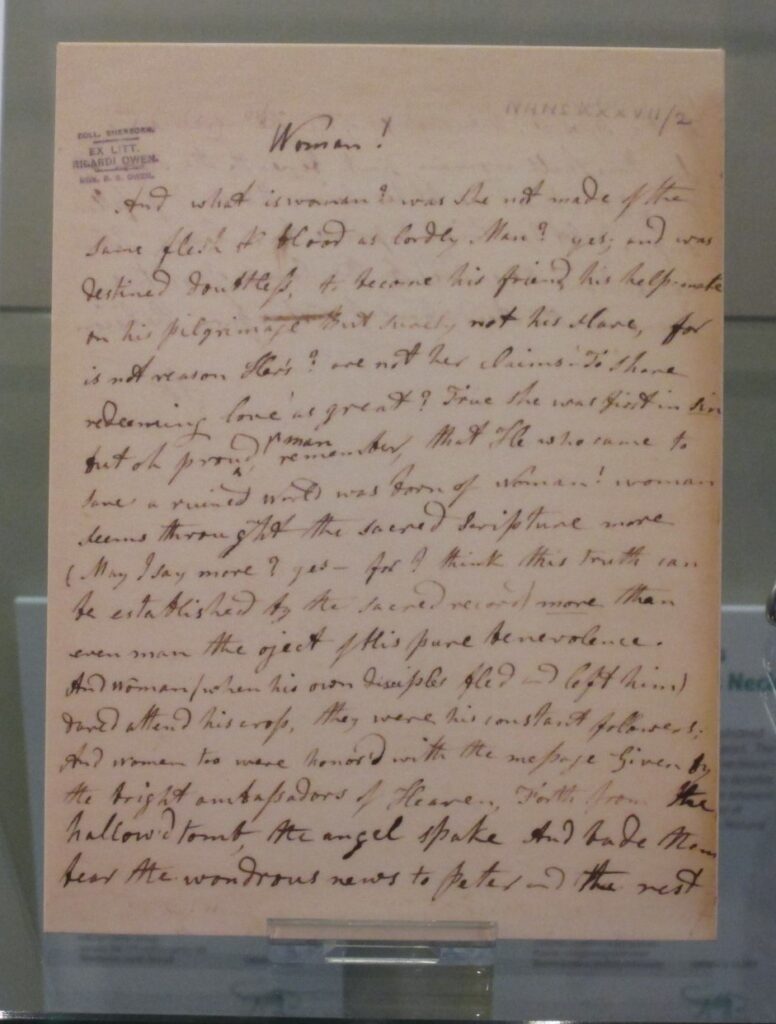
2. **Mary Anning: The Unsung Pioneer of Paleontology**In the rugged cliffs of Lyme Regis, a young woman named Mary Anning unearthed wonders that would fundamentally reshape the burgeoning field of paleontology. Long before formal scientific institutions embraced such studies, Anning, with her sharp eye and relentless dedication, brought to light the ancient animals and fossils that spoke volumes about Earth’s prehistoric inhabitants. Her groundbreaking discoveries challenged existing notions of geological time and the history of life.
Among her most spectacular finds was the first complete specimen of a plesiosaur, a formidable marine reptile that once patrolled ancient seas. This discovery, along with numerous ichthyosaur skeletons, provided irrefutable proof of creatures far grander and more diverse than previously imagined. Anning’s meticulous excavation techniques and keen observational skills allowed scientists to reconstruct these long-extinct organisms, bringing them to life in the scientific imagination and public consciousness.
Anning’s contributions extended beyond mere discovery; she also deduced the diets of dinosaurs, interpreting fossilized stomach contents and coprolites (fossilized faeces) to understand their ecological roles. Her work laid crucial groundwork for understanding ancient ecosystems and the intricate relationships between prehistoric life forms, solidifying her legacy as a true pioneer in paleontology, despite the limitations imposed on women scientists of her era.

3. **Archimedes: The Quintessential Polymath of Antiquity**From the ancient city of Syracuse emerged Archimedes, a mind whose brilliance radiated across mathematics, mechanics, and hydrostatics, laying foundational stones for disciplines that continue to thrive today. His ingenuity was legendary, encompassing theoretical breakthroughs and practical inventions that left an indelible mark on the scientific landscape of antiquity and beyond. His contributions demonstrate a unique blend of abstract thought and practical application.
Archimedes is celebrated for founding the sciences of mechanics and hydrostatics. He formulated the principle of buoyancy, famously exclaiming ‘Eureka!’ upon his discovery, which explains why objects float or sink. This principle became a cornerstone of fluid mechanics, revolutionizing naval architecture and engineering. His work in mechanics also extended to levers, where he articulated the fundamental law, famously stating, ‘Give me a place to stand, and I will move the Earth.’
Beyond his mechanical prowess, Archimedes made monumental strides in mathematics. He calculated pi (π) with unprecedented precision for his time, developed sophisticated methods for determining the areas and volumes of various geometric shapes, and devised the law of exponents. Furthermore, his creation of numerous ingenious mechanical devices, such as the Archimedes’ screw for water irrigation, showcased his remarkable ability to translate complex theoretical understanding into practical solutions that improved daily life.
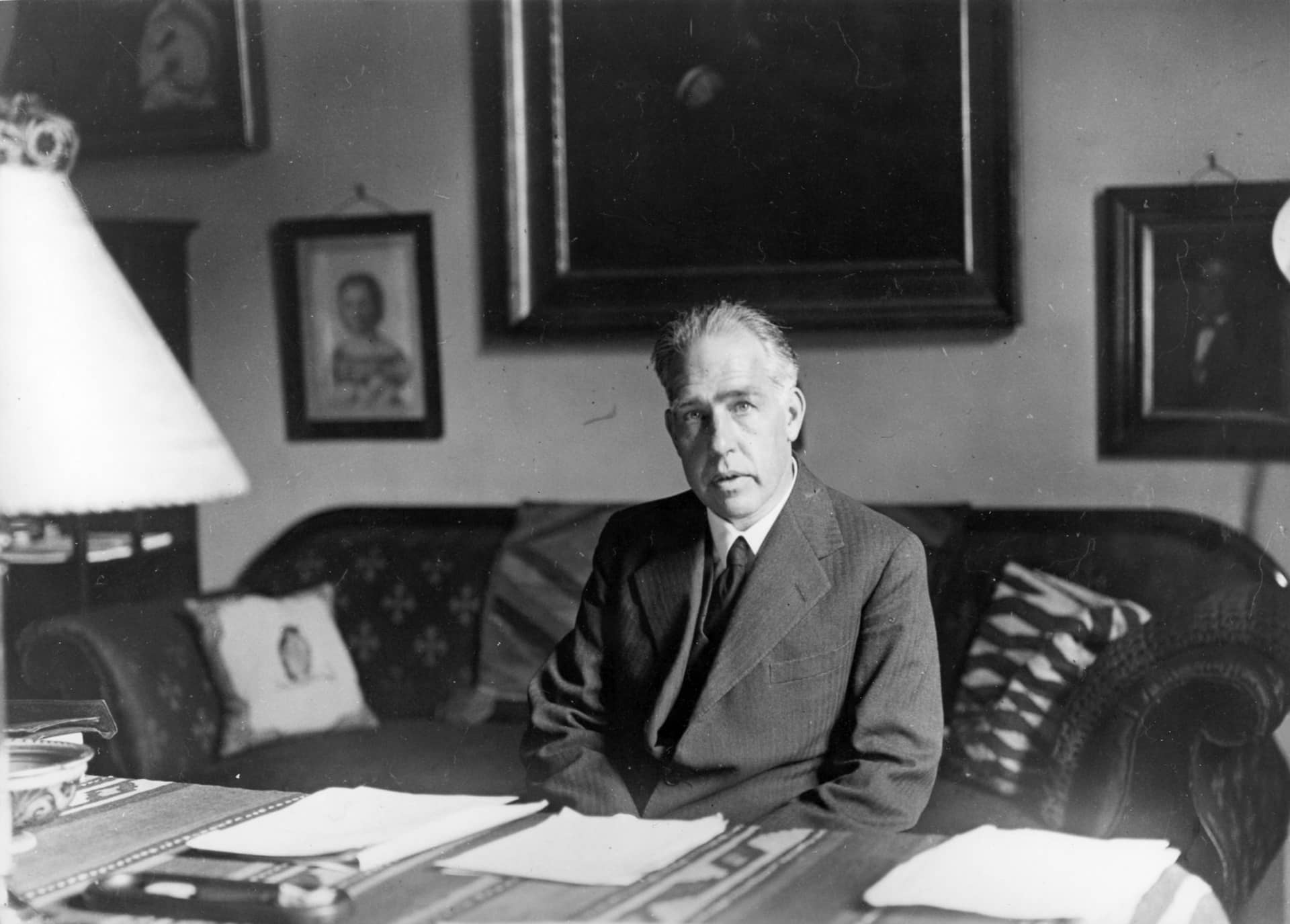
4. **Niels Bohr: Architect of the Quantum Atom**Niels Bohr stands as a towering figure in the annals of 20th-century physics, renowned for his pivotal role in founding quantum mechanics. At a time when classical physics struggled to explain the stability of atoms, Bohr boldly remodeled the atomic structure, introducing concepts that revolutionized our understanding of matter at its most fundamental level. His vision allowed for a coherent picture of electron behavior within atoms.
Bohr’s groundbreaking atomic model posited that electrons occupied specific, ‘allowed’ orbits around the nucleus, while all other orbits were forbidden. This revolutionary idea, known as quantization, elegantly explained why atoms emit and absorb light at discrete wavelengths, phenomena that had baffled physicists for decades. It marked a radical departure from classical mechanics, where electrons were expected to spiral into the nucleus, rendering atoms unstable. Bohr’s model provided the first successful quantum description of the hydrogen atom, paving the way for further quantum theories.
As the architect of the Copenhagen interpretation of quantum mechanics, Bohr profoundly influenced the philosophical understanding of this new physics. This interpretation, developed in collaboration with other prominent physicists, suggested that the act of observation could influence the outcome of quantum events, introducing concepts of probability and uncertainty that remain central to quantum theory. Bohr’s insights provided a framework for interpreting the bizarre and counter-intuitive nature of the quantum world, cementing his legacy as a true visionary.

5. **Marie Curie: Illuminating the Mysteries of Radioactivity**Marie Curie, a name that shines brightly in the firmament of scientific achievement, broke barriers not only as a woman in a male-dominated field but also through her groundbreaking discoveries in radioactivity. Her relentless pursuit of knowledge, often under challenging conditions, led to insights that transformed chemistry, physics, and medicine. Curie’s work unveiled a previously unknown energetic aspect of matter, forever changing scientific perceptions.
Together with her husband, Pierre Curie, she codiscovered two entirely new chemical elements: radium and polonium. This arduous process involved extracting minute quantities of these highly radioactive substances from tons of pitchblende ore, a testament to her extraordinary persistence and experimental skill. The isolation of these elements provided tangible proof of their existence and opened a new frontier in the study of atomic structure and energy, earning her the Nobel Prize in Physics alongside Pierre and Henri Becquerel.
Beyond these elemental discoveries, Curie made numerous pioneering contributions to the study of radioactive elements. She not only coined the term ‘radioactivity’ itself but also conducted the first research into the treatment of tumors with radiation. Her work laid the foundation for radiotherapy, a crucial medical application that has since saved millions of lives. Marie Curie’s dedication to science, even at great personal cost due to radiation exposure, exemplifies the profound impact one individual can have on the advancement of human health and knowledge.
Read more about: Exploring the Minds that Shaped Our World: A Journey Through the Legacies of Iconic Scientists
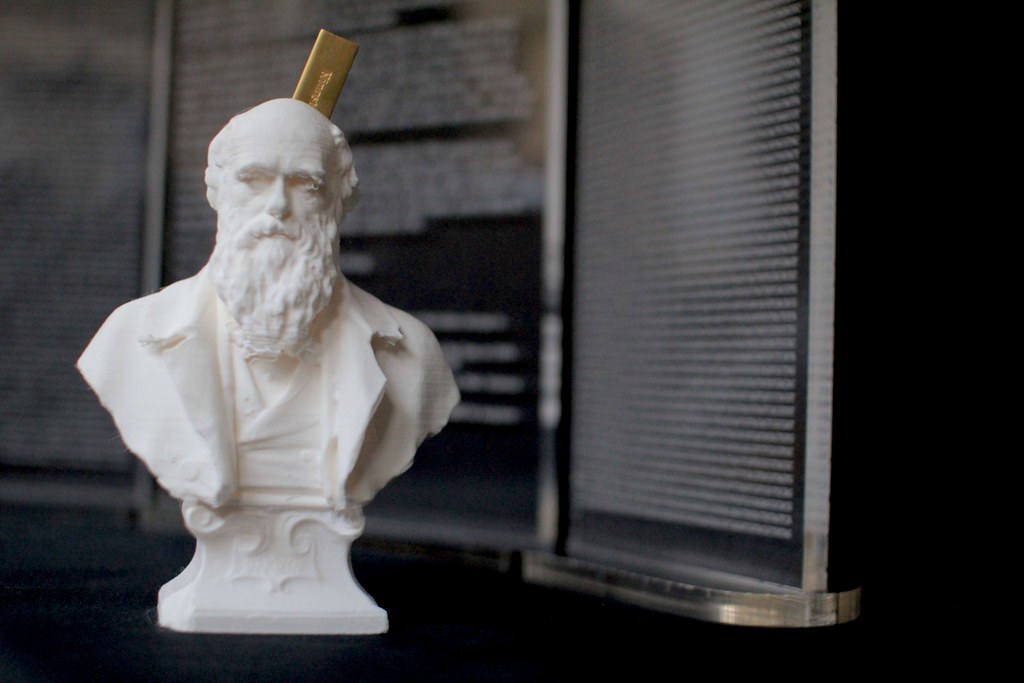
6. **Charles Darwin: The Unveiling of Natural Selection**Charles Darwin authored one of the most famous and influential books in history, ‘On the Origin of Species,’ a work that ignited a scientific revolution and fundamentally altered humanity’s understanding of its place in the natural world. His meticulously gathered evidence and incisive arguments for the theory of evolution by natural selection presented a compelling mechanism for the vast diversity of life on Earth, offering an alternative to prevailing creationist views.
Darwin’s theory proposed that all species of life have descended over time from common ancestors, and that this branching pattern of evolution resulted from a process he termed natural selection. In essence, individuals with traits better suited to their environment are more likely to survive and reproduce, passing those advantageous traits to their offspring. Over generations, this gradual accumulation of small changes leads to the development of new species and the incredible biodiversity we observe.
The publication of ‘On the Origin of Species’ in 1859 sparked intense debate but ultimately provided a powerful, unifying framework for biology. It explained phenomena ranging from the fossil record to the geographical distribution of species and the similarities in anatomical structures. Darwin’s theory continues to be the cornerstone of modern biology, constantly refined and expanded, yet its core principles remain robust, a testament to his observational genius and intellectual courage in challenging established thought.
Read more about: Visionary Minds: A Journey Through the Monumental Discoveries of History’s Greatest Scientists
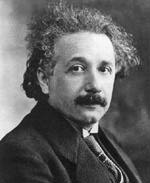
7. **Albert Einstein: Reshaping the Cosmos with Relativity**Albert Einstein, a name synonymous with genius and groundbreaking insight, revolutionized our understanding of the universe with his theories of special and general relativity. His work did not just add to existing knowledge; it delivered a remarkable transformation in how we perceive light, gravity, and the very fabric of space and time. Einstein’s contributions represent a pinnacle of human intellectual achievement, pushing the boundaries of physics to unimaginable realms.
Special relativity, introduced in 1905, fundamentally altered Newtonian physics, asserting that the laws of physics are the same for all non-accelerating observers, and that the speed of light in a vacuum is the same for all observers, regardless of the motion of the light source. This led to profound implications, including time dilation and length contraction, and most famously, yielded the iconic equation E = mc², which established the equivalence of mass and energy, a concept central to nuclear physics and our understanding of the cosmos.
Later, in 1915, Einstein unveiled his theory of general relativity, which redefined gravity not as a force, but as a curvature of spacetime caused by mass and energy. This elegant theory accurately predicted phenomena like the bending of light by massive objects and the orbital precession of Mercury, offering a far more accurate description of gravity than Newton’s law. Beyond relativity, Einstein also provided powerful evidence that atoms and molecules actually exist and explained the photoelectric effect, a crucial step in the development of quantum mechanics, showcasing his unparalleled breadth of scientific inquiry.” , “_words_section1”: “1967
As we continue our journey through the intellectual landscapes carved by history’s greatest minds, we delve deeper into the transformative contributions of seven more scientific titans. These individuals, through sheer ingenuity and unwavering dedication, pushed the boundaries of human knowledge in diverse fields, from the microscopic world of biology to the unseen forces of electromagnetism and the nascent realm of computer science. Their legacies are not just chapters in textbooks; they are foundational pillars upon which much of modern science and technology rests, continuing to inspire countless future inquiries.
Read more about: Echoes of Genius: Unpacking the Profound Legacies of 10 Iconic Scientists Who Redefined Our World

8. **Antonie van Leeuwenhoek: The Father of Microbiology and His Hidden Worlds**Imagine a world where the smallest forms of life remained entirely invisible, their existence merely a philosophical conjecture. It was Antonie van Leeuwenhoek, a draper from Delft, who, with an insatiable curiosity and remarkable self-made lenses, opened a window to this previously unseen universe. His meticulous craftsmanship allowed him to create simple microscopes of unparalleled power for his time, revealing a realm teeming with living organisms too tiny for the eye.
Leeuwenhoek’s observations were not just casual glances; they were detailed, systematic explorations. He painstakingly documented his discoveries, sketching what he called ‘animalcules’ – single-celled animals and plants that darted and pulsed in drops of pond water. This revolutionary work provided the first undeniable proof of microbial life, laying the fundamental groundwork for the entire field of microbiology. He was literally revealing a lost city of life in every drop of water he examined.
Beyond pond water, his pioneering spirit led him to discover bacteria, glimpsing these minute organisms in samples from his own mouth. He also provided the first detailed description of spermatozoa, profoundly changing biological understanding of reproduction. Leeuwenhoek’s unwavering dedication to precise observation, coupled with his unparalleled skill in lens making, cemented his legacy as a titan who, almost single-handedly, brought the microscopic world into scientific focus, changing forever our understanding of life itself.
9. **Grace Hopper: Pioneering the Language of Machines and the Dawn of Computing**In an era when computers were colossal machines understood only by a select few, Grace Hopper emerged as a visionary who saw beyond their raw mathematical processing power. A true pioneer of electronic computers, her groundbreaking work was instrumental in making these complex devices accessible and practical, effectively laying the groundwork for the digital age we inhabit today. Her insights transformed how humans interacted with machines, bridging the gap between abstract circuitry and practical applications.
Hopper’s most significant contribution was the invention of the first compiler, a revolutionary program that translates human-readable code into machine-executable instructions. This innovation freed programmers from the laborious and error-prone task of writing code in binary or assembly language, paving the way for the development of higher-level programming languages. It was a monumental leap in computer science, making programming far more efficient and widely accessible.
Furthermore, Grace Hopper was the principal architect of COBOL (Common Business-Oriented Language), which became the most widely used computer language of the twentieth century. Her foresight extended to recognizing that computers could manipulate more than just mathematical calculations; she envisioned them processing musical notes and letters of the alphabet by converting them into numbers. Her legacy is one of empowering humanity to communicate with machines on a more intuitive level, transforming the potential of computing for business, science, and everyday life.
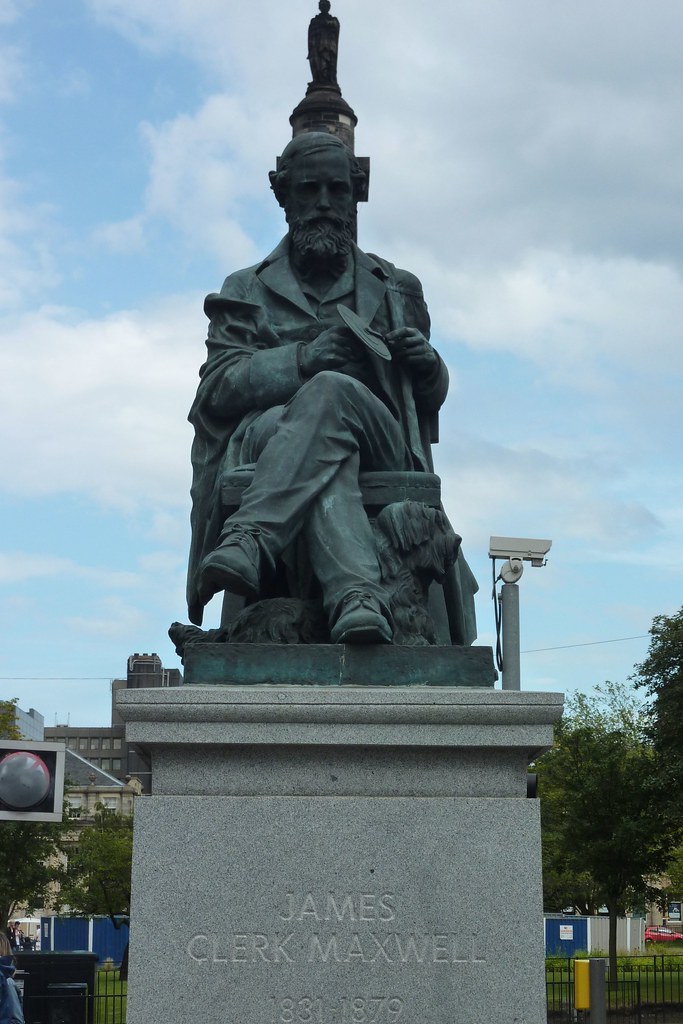
10. **James Clerk Maxwell: Unifying the Forces of Light and Magnetism**James Clerk Maxwell stands as one of the most profound and influential physicists in history, whose brilliant mind dared to unify what once appeared to be disparate phenomena: electricity and magnetism. His revolutionary set of equations, now famously known as Maxwell’s equations, fundamentally transformed our understanding of the natural world, revealing an elegant symmetry that underpins everything from radio waves to the light that bathes our planet.
Maxwell’s equations demonstrated that electricity and magnetism are not separate forces, but rather two facets of a single, unified electromagnetic force. More astonishingly, his work predicted the existence of electromagnetic waves traveling at the speed of light. This groundbreaking insight meant that light itself is an electromagnetic wave, a revelation that not only solved a long-standing mystery but also opened the door to the discovery of the entire electromagnetic spectrum, including radio waves, microwaves, and X-rays.
Beyond his work on electromagnetism, Maxwell also made significant contributions to the kinetic theory of gases. He established that temperature is entirely dependent on the movement of particles, a fundamental concept in thermodynamics. His meticulous mathematical descriptions and theoretical insights provided a robust framework for understanding these phenomena, influencing generations of physicists and paving the way for Albert Einstein’s theories of relativity. Maxwell’s genius transformed our perception of light, energy, and the very fabric of the universe.
Read more about: From Ancient Fish Shocks to Modern Grids: Unpacking the Mind-Blowing History and Core Concepts of Electricity!

11. **Michael Faraday: Illuminating the Invisible Bonds of Electromagnetism**Before the intricate mathematical frameworks of James Clerk Maxwell, there was Michael Faraday, a self-taught experimental genius whose intuitive understanding of nature’s forces laid the empirical foundations for much of electromagnetism. His relentless experimentation and profound insights revealed how electric currents could generate magnetic fields and, crucially, how changing magnetic fields could, in turn, induce electric currents. Faraday’s work was a testament to the power of observation and practical discovery.
One of Faraday’s most significant achievements was the discovery of electromagnetic induction. Through a series of elegant experiments, he showed that a changing magnetic field through a wire loop would produce an electric current, a principle that underpins modern generators and transformers. This was not merely an interesting phenomenon; it was a fundamental revelation about the interconnectedness of electricity and magnetism, providing the technological bedrock for the vast majority of our electrical infrastructure.
Faraday also devised his famous laws of electrolysis, which quantified the relationship between electric current and chemical reactions, laying the groundwork for electrochemistry. He discovered the first experimental link between light and magnetism, demonstrating that a magnetic field could rotate the plane of polarized light, proving that light is indeed an electromagnetic phenomenon. His prodigious output extended to carrying out the first room-temperature liquefaction of a gas and discovering benzene, showcasing an extraordinary breadth of scientific endeavor driven by an insatiable curiosity about the fundamental workings of the universe.
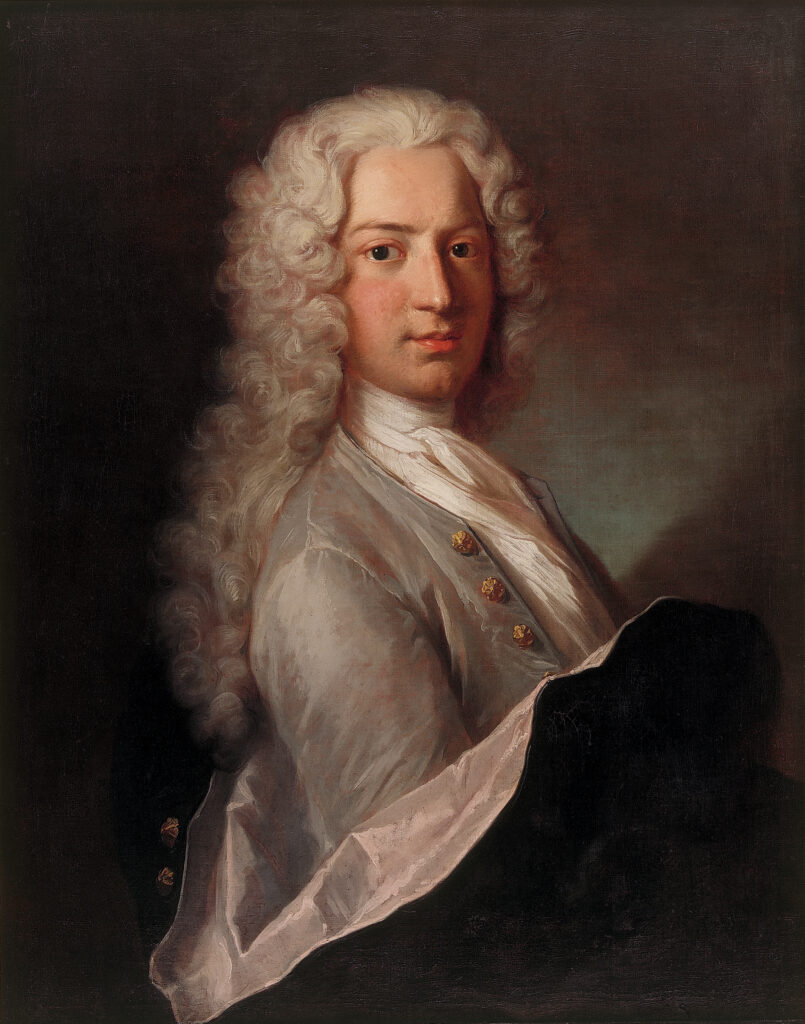
12. **Daniel Bernoulli: Unveiling the Secrets of Fluids and the Nature of Risk**The name Daniel Bernoulli resonates through the annals of science as a pioneer who profoundly shaped our understanding of fluid dynamics, laying principles that are essential to modern engineering and everyday phenomena. His intellectual contributions were not confined to a single domain but spanned mechanics, physics, and even the nascent field of probability, reflecting a mind that sought to uncover the underlying mathematical order of the world.
Bernoulli’s most famous discovery is undoubtedly the Bernoulli Effect, a fundamental principle explaining how aircraft wings generate lift. He demonstrated that as the speed of a fluid (like air) increases, its pressure decreases. This insight is critical to understanding how airplanes fly, how carburetors work, and countless other fluid mechanics applications, profoundly impacting fields from aerospace engineering to hydraulics. It was a monumental step in demystifying the complex behavior of moving liquids and gases.
Beyond his work on fluid flow, Bernoulli formulated a kinetic theory that related the phenomenon of temperature to the speeds of particles in gases, an early precursor to statistical mechanics. He also made significant discoveries in the theory of risk, exploring how individuals make decisions under uncertainty, effectively founding mathematical economics and influencing our understanding of human behavior in probabilistic situations. His work exemplified a rare blend of theoretical rigor and practical relevance, pushing the boundaries of what was known about the physical world and human decision-making.
13. **Robert Hooke: Revealing the Microscopic, Elasticity, and Time’s Precision**Robert Hooke, a polymath of the 17th century, possessed a mind as diverse as it was brilliant, making foundational contributions across biology, physics, and engineering. His insatiable curiosity and meticulous experimental approach allowed him to unlock secrets hidden in the microscopic world and articulate fundamental laws governing the behavior of matter, leaving an enduring legacy that bridges various scientific disciplines.
Perhaps Hooke’s most iconic contribution to biology was his discovery of cells. While examining thin slices of cork through his compound microscope, he observed tiny, box-like structures which reminded him of the small rooms, or “cells,” in a monastery. This seemingly simple observation, documented in his groundbreaking book *Micrographia*, revealed the microscopic world for the first time, forever changing our understanding of the fundamental units of life and paving the way for cell theory.
In physics, Hooke is renowned for Hooke’s Law, which describes the elastic properties of materials, stating that the force needed to extend or compress a spring by some distance is proportional to that distance. This law is fundamental to materials science and engineering. Furthermore, his inventive spirit led him to invent the balance spring, a crucial component that enabled the creation of accurate portable timekeeping devices like pocket watches, revolutionizing navigation and personal time management. Robert Hooke’s ability to oscillate between grand biological observations and precise mechanical innovations highlights his unparalleled versatility and profound impact on science.
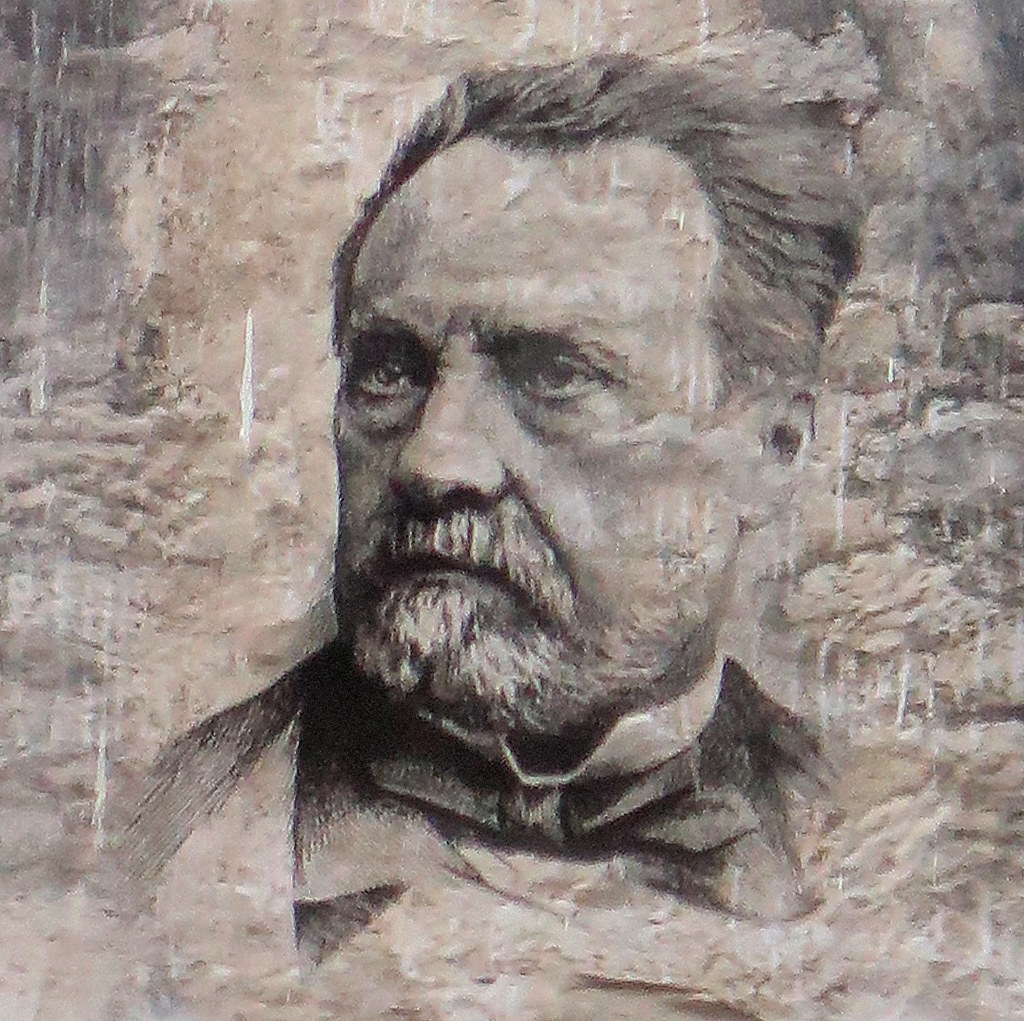
14. **Louis Pasteur: The Father of Modern Microbiology and Guardian of Health**Louis Pasteur stands as one of the most pivotal figures in the history of science, a true visionary whose discoveries transformed chemistry, biology, and medicine, profoundly impacting public health and scientific thought. His relentless pursuit of understanding the unseen world of microorganisms led to insights that saved millions of lives and ushered in a new era of medical science. Pasteur’s genius lay in his ability to connect fundamental biological processes with practical, life-altering applications.
Pasteur’s early work transformed chemistry with his discovery of mirror-image molecules, a concept now known as chirality, which opened new avenues in stereochemistry. However, it was his groundbreaking work in microbiology that truly redefined scientific understanding. He discovered anaerobic bacteria, organisms that can live and thrive without oxygen, adding a new dimension to the diversity of microbial life and challenging prevailing biological assumptions.
His most impactful contribution was establishing the germ theory of disease, proving that microorganisms are responsible for many infectious diseases. This was a radical departure from the prevailing belief in spontaneous generation and miasma theory. By demonstrating that diseases were caused by specific germs, Pasteur laid the foundation for modern antiseptic practices, vaccines, and public hygiene. His practical application of this knowledge led to the invention of pasteurization, a process that prevents spoilage in milk and other foods, and the development of vaccines for diseases like rabies and anthrax. Louis Pasteur’s work not only unveiled the invisible architects of disease and decay but also provided the tools to combat them, fundamentally reshaping human health and safety.
The journey through the annals of scientific discovery, from the subatomic realm to the vastness of the cosmos, and from ancient mechanics to modern computing, reveals a tapestry woven with ingenuity, curiosity, and unwavering dedication. These fourteen scientists, each in their own profound way, peered beyond the known, challenged the accepted, and, through their visionary intellect, unveiled truths that were truly unlike anything ever seen on Earth. Their legacies continue to ripple through time, not merely as historical footnotes, but as vibrant sources of inspiration, reminding us that the quest for knowledge is an endless and exhilarating adventure, constantly revealing new ‘lost cities’ of understanding in the depths of the unknown. They invite us all to cultivate that same spirit of inquiry, to question, to explore, and to dare to see beyond the obvious, for it is there that the next great discovery awaits.




